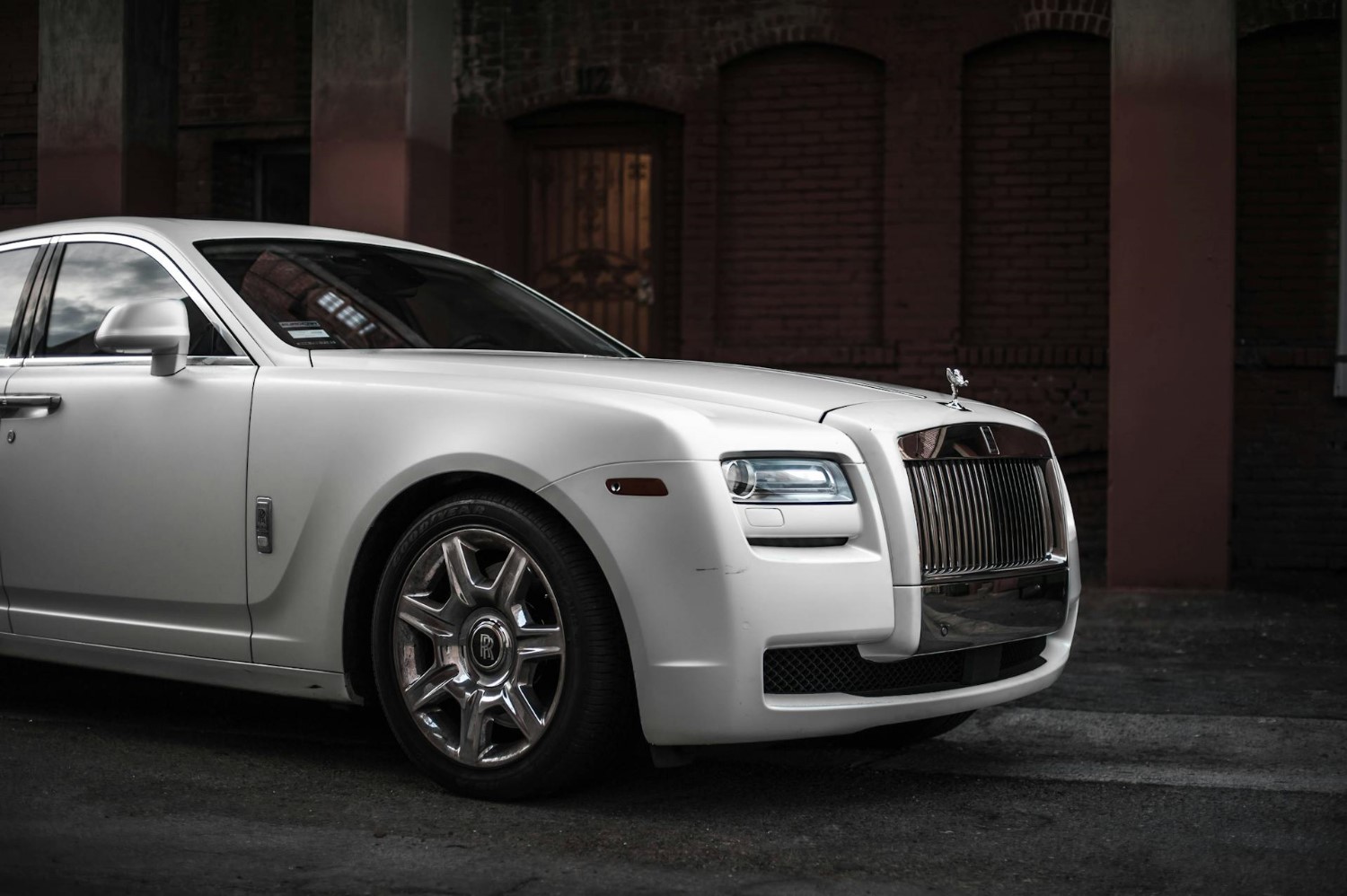Automotive News: Design Principles Behind Iconic Luxury Automobiles
Luxury automobiles have long captivated enthusiasts and casual observers for their performance and their artistry. These vehicles represent a fusion of engineering precision, aesthetic sensibility, and cultural influence. Beyond horsepower and advanced technologies, luxury cars communicate status, taste, and innovation through their design.
The principles guiding these vehicles are often subtle and deliberate, influencing how they look, feel, and perform. Understanding these design principles reveals why certain models become timeless icons while others fade into obscurity. This exploration delves into the fundamental elements that shape the identity of luxury automobiles and the careful balance designers strike between function and form.
Form Follows Function
One of the core principles of luxury automobile design is the alignment of form with function. Every curve, contour, and panel serves a purpose beyond aesthetics. Aerodynamics is a crucial consideration; sleek lines reduce drag and enhance stability at high speeds, while strategically placed vents optimize engine cooling. Interior layouts prioritize driver ergonomics and passenger comfort, with each button, knob, and display positioned for intuitive use.
Even the placement of headlights and taillights contributes to visibility and safety. In iconic luxury cars, no element is purely decorative, as design choices stem from the need to create vehicles that perform seamlessly while maintaining an elegant appearance.
Signature Styling Cues
Luxury automobiles rely on signature styling cues to create a recognizable and enduring identity that communicates prestige and craftsmanship. Professionals at rollsroycemotorcarscharlotte.com showcase how features like the Pantheon grille, flowing body lines, and the Spirit of Ecstasy ornament distinguish a Rolls-Royce while maintaining brand heritage. These cues provide continuity across generations, balancing innovation with tradition.
Proportions, lighting elements, and subtle design flourishes are carefully refined to convey elegance and presence. Signature styling captures attention and evokes emotion, allowing each vehicle to express the brand’s philosophy and values. Such details elevate a car from transportation to an object of desire.
Emphasis on Proportion and Balance
Proportion and balance play a critical role in how a luxury car is perceived. Designers carefully consider wheelbase, overhangs, cabin dimensions, and roofline to create vehicles that appear poised and harmonious. A well-balanced car evokes stability, confidence, and refinement, while poorly proportioned vehicles can feel awkward or visually heavy.
Luxury brands often employ signature design ratios that become instantly recognizable. These ratios influence the car’s presence on the road and its emotional appeal, demonstrating how mathematical precision and artistic judgment intersect to create vehicles that feel substantial and graceful.
Material Selection and Craftsmanship
The materials chosen for a luxury automobile define its character as much as its exterior design. High-quality metals, carbon fiber, leather, and rare wood inserts convey opulence and durability. Attention to detail in stitching, panel alignment, and finishes enhances the perception of craftsmanship.
Beyond aesthetics, material choices impact performance, weight distribution, and acoustics. Iconic models are often distinguished by the tactile experience they provide, how the steering wheel feels, how doors close with a solid and smooth motion, and how surfaces interact with light. Exceptional craftsmanship reinforces brand identity and strengthens the emotional connection between the driver and the vehicle.
Integration of Technology and Aesthetics
Modern luxury vehicles integrate cutting-edge technology seamlessly into their design. Advanced driver-assistance systems, infotainment displays, and lighting technologies must complement the aesthetic rather than disrupt it. Designers collaborate closely with engineers to conceal sensors, optimize screen placement, and ensure interfaces appear intuitive and uncluttered.
Adaptive lighting, aerodynamic active components, and energy-efficient systems are often incorporated into design elements without sacrificing elegance. Successful integration enhances form and function, creating vehicles that are visually stunning while offering exceptional technological sophistication.
Psychological and Emotional Impact
Luxury automobile design goes beyond mechanics and materials to evoke emotional responses. Proportions, colors, textures, and even the sound of an engine are deliberately chosen to inspire admiration, excitement, or a sense of exclusivity. The visual presence of a vehicle can convey power, refinement, or agility before it even moves.
Interior spaces are crafted to provide comfort, serenity, and confidence, reinforcing the owner’s connection to the vehicle. This emotional resonance distinguishes luxury cars from standard vehicles, transforming driving into a sensory and psychological experience. The most iconic models achieve a balance where aesthetics, performance, and emotion coalesce.

Designing a luxury automobile demands an understanding of artistry, psychology, and brand heritage. From functional curves and precise proportions to material excellence and signature styling, every decision shapes how the vehicle is perceived and experienced.
Luxury cars become icons when they combine performance, innovation, and timeless design, leaving a lasting impression that transcends trends. By analyzing these principles, one can appreciate the meticulous thought and creativity behind the vehicles that define automotive luxury and continue to capture imagination across generations.
Related Article: Stylish Luxury Car Mats with Custom Logo Design
